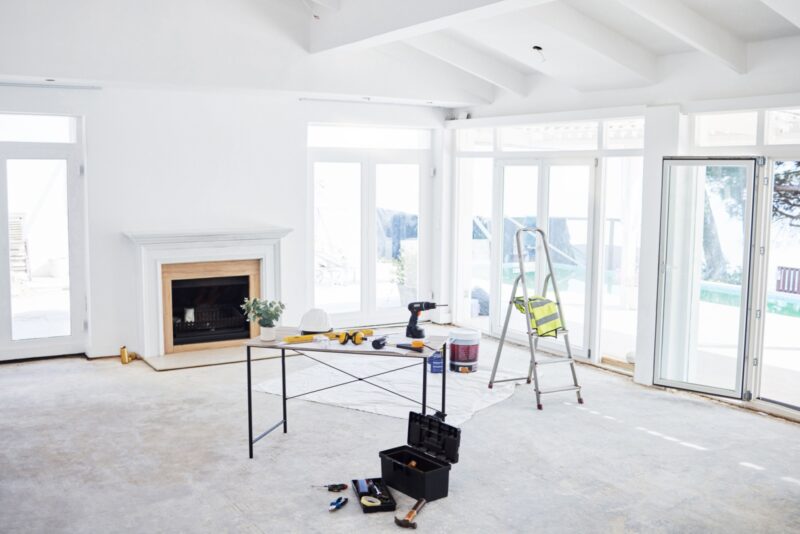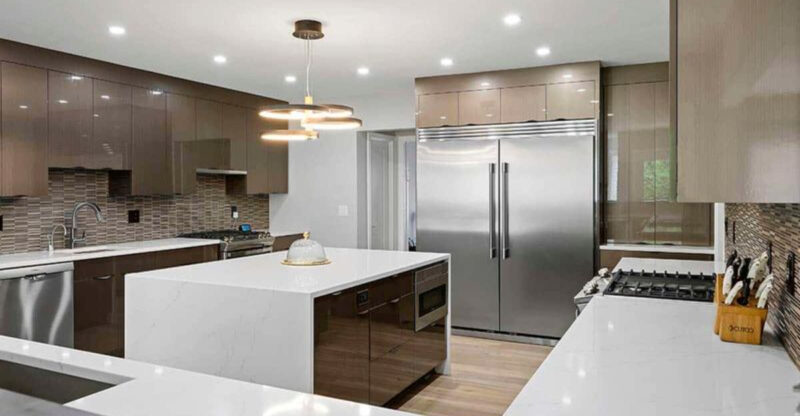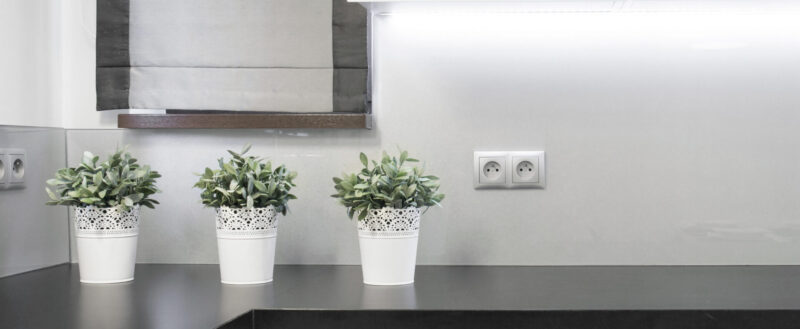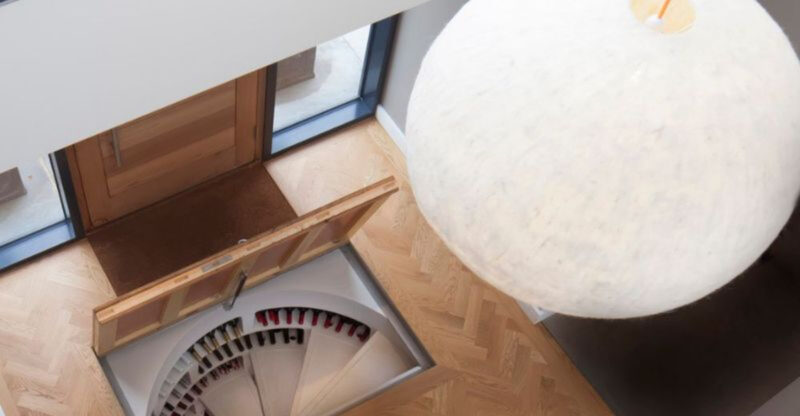9 Kitchen Mistakes Nebraska Homeowners Make (And 9 Stylish Fixes)
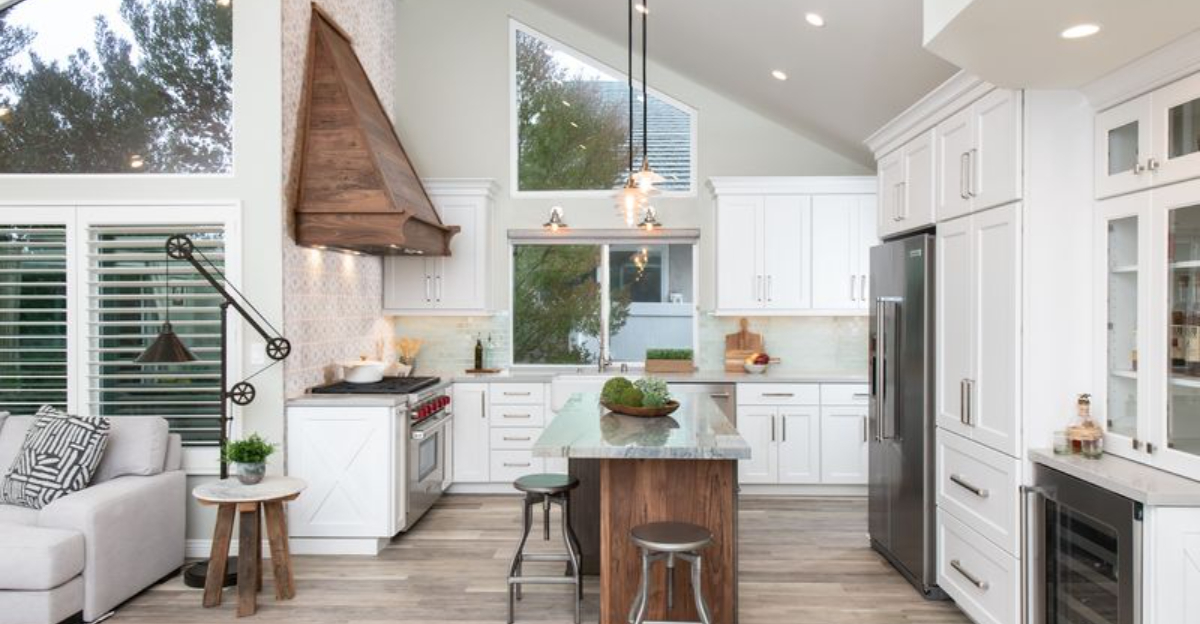
Kitchens in Nebraska homes often suffer from the same design blunders I see time and again. From cramped layouts that make cooking feel like an obstacle course to lighting so dim you might mistake oregano for basil.
Whether you’re in Omaha or Lincoln, these common kitchen missteps not only frustrate daily life but can also decrease your home’s value when it’s time to sell.
1. Poor Traffic Flow Disrupting Kitchen Workflow
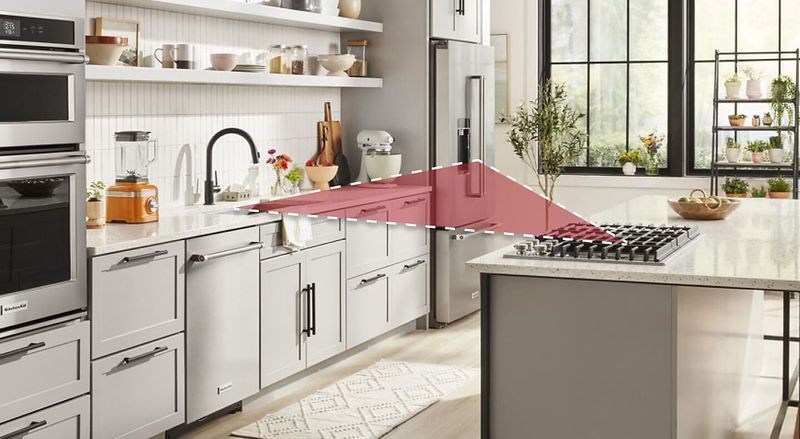
How many times have you bumped into family members while cooking dinner? Your kitchen’s traffic pattern might be the culprit. Nebraska kitchens often follow outdated layouts that create bottlenecks rather than smooth movement.
Many homeowners place their refrigerator where it blocks the natural pathway or position the dishwasher where it can’t fully open. The cooking triangle, that essential relationship between sink, stove, and refrigerator, gets ignored in favor of cramming in more cabinets.
2. Outdated Corner Lazy Susans That Don’t Function Well
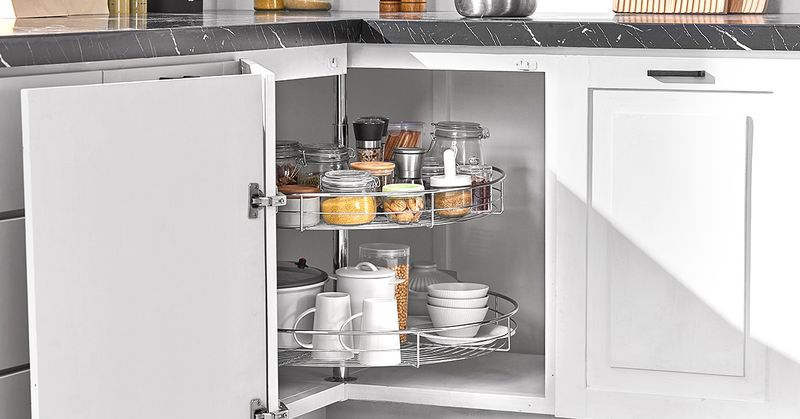
Remember reaching into that dark corner cabinet, spinning the lazy Susan, and having everything tumble out? Those traditional corner solutions waste nearly 40% of potential storage space.
Nebraska homes, especially those built before 2000, feature these clunky contraptions that seemed innovative once. Items get lost in the back, mechanisms break after years of use, and the constant reorganizing drives everyone crazy.
3. Overly Dark Cabinetry Making The Space Feel Small
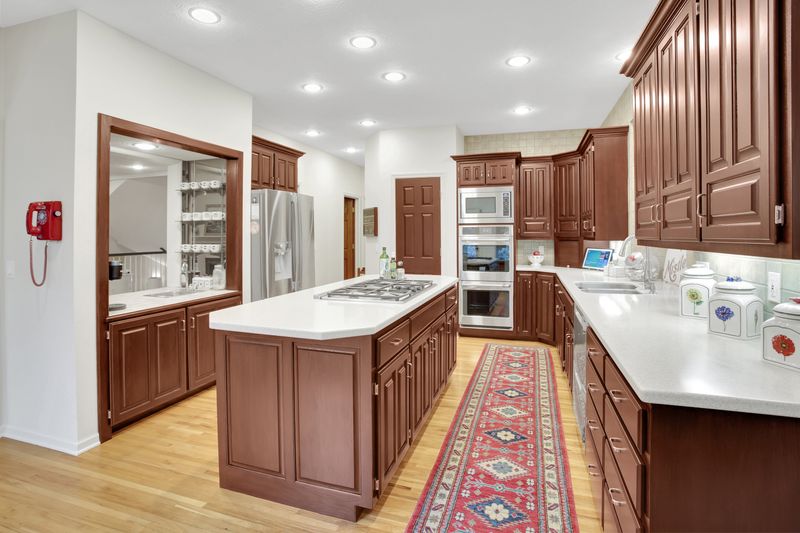
Though those cherry-stained cabinets seemed sophisticated when installed, they’re now making your kitchen feel like a cave. Dark wood absorbs light instead of reflecting it, shrinking visual space dramatically.
Nebraska homeowners often chose these rich finishes in the early 2000s. The problem compounds in winter months when natural light diminishes and those dark cabinets create a gloomy atmosphere that no amount of overhead lighting seems to fix.
4. Appliance Mismatches Creating Visual Clutter
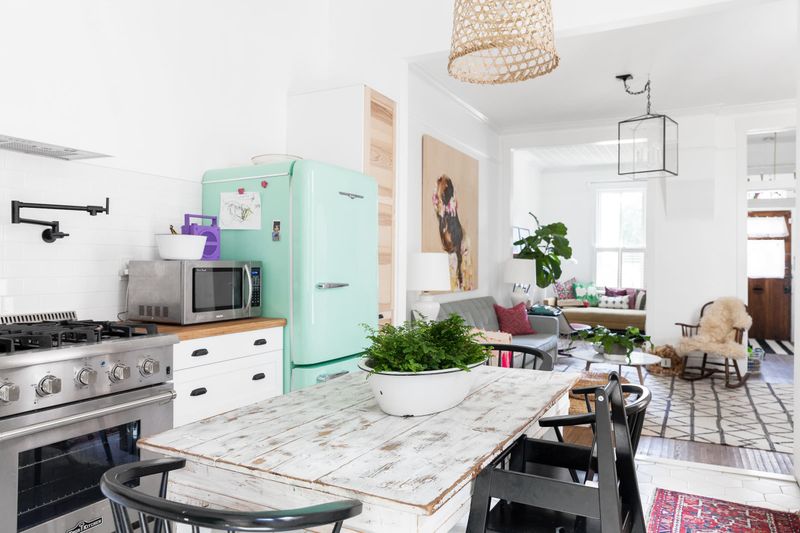
It started innocently, replacing the refrigerator when it died, then the microwave a year later. Now your kitchen resembles an appliance showroom with stainless steel next to black next to white.
This common Nebraska kitchen mistake creates visual chaos that subconsciously stresses everyone who enters. Beyond aesthetics, mismatched appliances often represent different eras of technology, meaning some are significantly less efficient than others.
5. Excessive Or Dated Backsplash Patterns
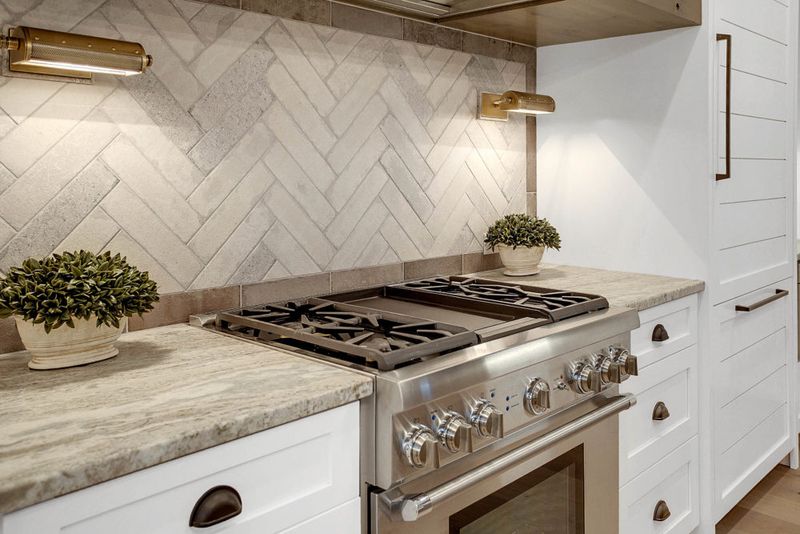
Those multicolored glass mosaic tiles seemed perfect ten years ago. Now they’re the first thing everyone notices, and not in a good way.
Nebraska kitchens often fall victim to overly busy backsplashes that fight with countertops for attention. The problem worsens when these statement backsplashes feature trendy colors or patterns that quickly date the entire kitchen.
Some homeowners compound the issue with decorative accent strips that chop up the visual flow.
6. Cluttered Countertops That Hide Usable Workspace
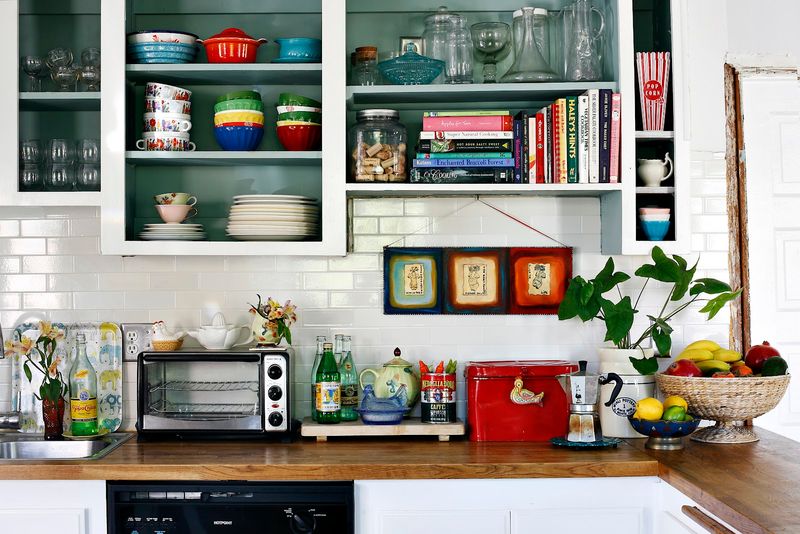
When coffee makers, utensil crocks, paper towel holders, and decorative canisters cover every inch of surface, your kitchen becomes more museum than a workspace. Nebraska homeowners often overlook how this visual noise impacts daily function.
The small appliance creep happens gradually, and each item seems necessary on its own. Before long, meal preparation requires clearing a staging area first, making cooking feel like a chore rather than a pleasure.
7. Weak Or Uneven Lighting
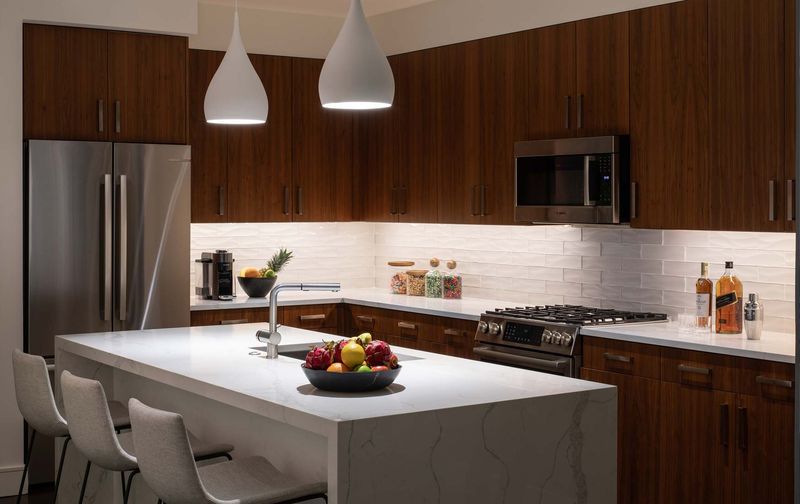
Shadows lurk in cooking areas while glare bounces off glossy surfaces. Nebraska kitchens commonly suffer from the single overhead light syndrome, a flush-mount fixture centered in the room that creates harsh shadows exactly where you’re trying to chop vegetables.
The lighting problems extend beyond function to mood. Many kitchens lack the layered lighting that creates ambiance during evening gatherings.
Residents often install under-cabinet lighting as an afterthought, resulting in uneven brightness that highlights cabinet imperfections.
8. Closed-Off Layouts That Cut Off Natural Light
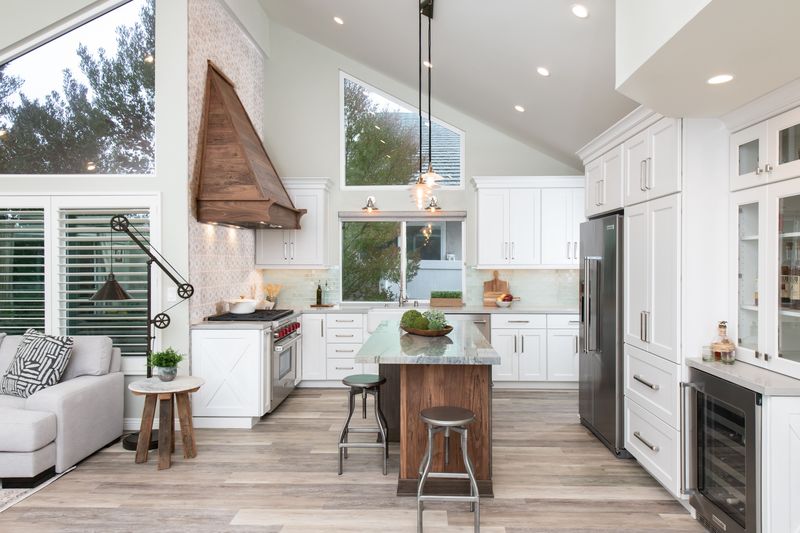
Are you cooking in a box? Traditional Nebraska homes often isolate kitchens from living spaces, blocking natural light and making the cook feel separated from family activities.
These walled-off kitchens made sense when cooking created more mess and odors. Today’s cooking styles and ventilation systems have eliminated these concerns, yet many homes maintain these outdated divisions. The resulting kitchens feel darker and smaller than necessary.
9. Heavy Textiles Or Curtains That Don’t Age Well
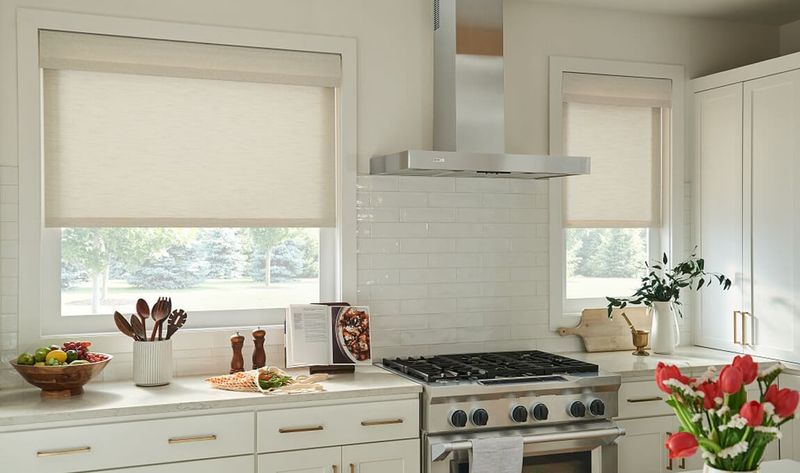
Those floral valances and heavy curtains are trapping more than dust, they’re holding your kitchen in a time warp. Nebraska kitchens often feature window treatments that block light, collect cooking residue, and date the space instantly.
The problem extends beyond windows to fabric-covered chair cushions, tablecloths, and excessive tea towels. These textiles absorb cooking odors, stain easily, and create visual weight in spaces that should feel light and clean.
10. Reconfigure Layout For Better Movement And Ease

When the kitchen layout feels more like a traffic jam than a place to cook, it’s time to rethink the flow. No one should have to sidestep a dishwasher just to grab a spoon.
A smart reconfiguration isn’t just about where the fridge goes, it’s about creating a space where you can dance, chop, and slide that casserole into the oven without playing Twister. Think of it like stage direction for your meals, smoother movement equals better performance.
11. Swap In Pull-Out Or Custom-Loading Corner Storage

There’s a reason they call those cabinets “black hole corners”, they eat Tupperware for breakfast. Swapping in pull-outs or custom corner units transforms wasted space into storage gold.
Suddenly, you can reach the olive oil and the emergency candy stash without crawling on your hands and knees. Bonus, it makes you look way more organized than you probably are.
12. Refinish Or Replace Cabinetry In Lighter Tones

Cabinets set the mood, and if yours are still stuck in espresso-soaked 2008, they’re weighing everything down. Lighter tones instantly lift the space, making your kitchen look fresher, taller, and five times cleaner.
Whether you paint, reface, or rip them out entirely, the result is the same…less gloom, more room. The vibe shifts from moody bachelor pad to modern and airy in just a weekend.
13. Match Appliances In Finish And Style For Cohesiveness
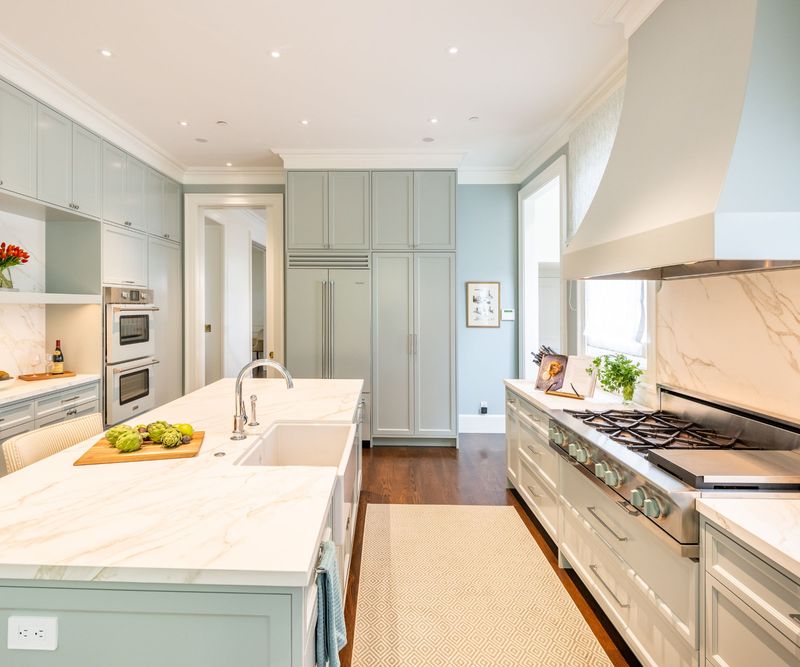
It’s hard to feel confident in a kitchen where your appliances look like strangers at a party. If your fridge is stainless, your stove is black, and your dishwasher is beige, it’s giving confused energy.
Matching finishes don’t have to be fancy, they just need to agree on the vibe. A united appliance front tells buyers, guests, and your own eyeballs that someone here had a plan.
14. Overlooking Local Culinary Culture
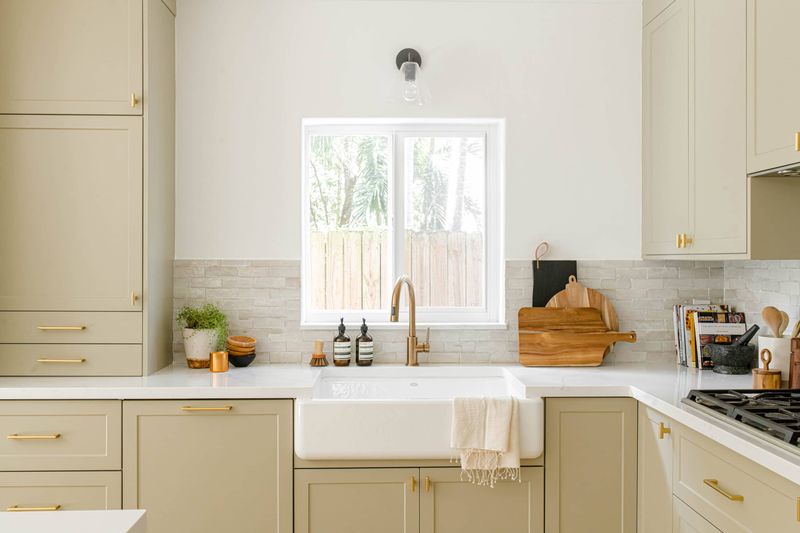
Nebraska’s rich agricultural heritage and family gathering traditions shape how locals actually use their kitchens. Many renovations prioritize magazine aesthetics over functionality for regional cooking styles.
Beef processing requires ample preparation space, while garden harvesting demands dedicated vegetable cleaning areas. Corn husking, a seasonal ritual, becomes awkward in kitchens designed for quick-serve urban lifestyles rather than Nebraska’s farm-to-table reality.
Thoughtful zones for these activities honor local food traditions. Consider a butcher block section for meat preparation, a deep farmhouse sink for produce cleaning, and durable surfaces that welcome hands-on cooking rather than just microwaving convenience foods.
15. Prioritizing Trendiness Over Longevity

The siren call of Pinterest-perfect kitchens leads many Nebraska homeowners toward ultra-trendy elements that quickly date their investment. Remember those 1970s avocado appliances or 1990s Tuscan themes? Today’s equivalent mistakes are happening right now.
Instead of chasing fleeting trends, focus on quality foundations with staying power. White subway tile, Shaker cabinets, and neutral countertops create timeless backdrops that age gracefully. Express personality through easily changeable elements like cabinet hardware, light fixtures, or wall color.
This balanced approach delivers both contemporary appeal and long-term value. It’s truly important in Nebraska’s stable housing market, where quality renovations matter during resale.
16. Single-Source Overhead Lighting

The dreaded central ceiling fixture casts harsh shadows across Nebraska kitchens, creating a flat, uninviting atmosphere. This single-source lighting makes food preparation difficult and drains the warmth from family gatherings.
Layered lighting transforms both functionality and ambiance. Under-cabinet LEDs illuminate work surfaces without overhead shadows. Pendant lights add focused brightness over islands and eating areas. Recessed perimeter lighting washes walls with a subtle glow.
17. Resisting Open-Concept Living
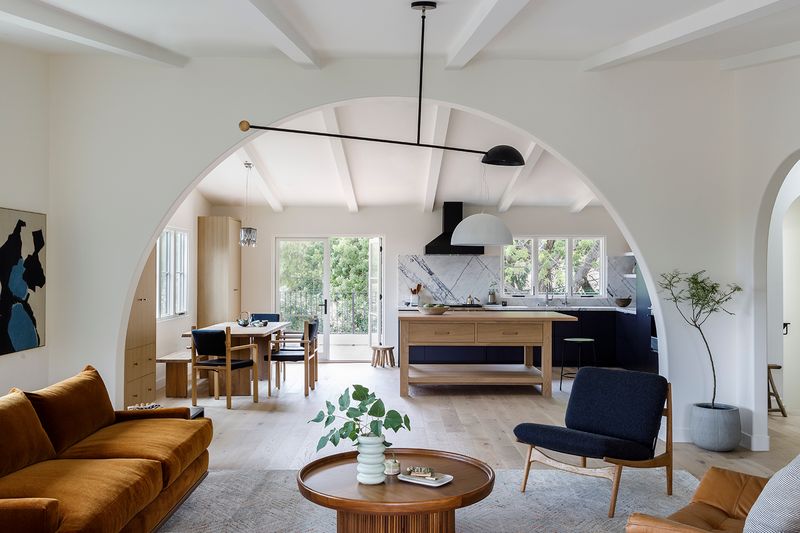
Nebraska’s community-oriented culture thrives on connection, yet many older homes isolate cooks from family and guests. Confined kitchens contradict the state’s welcoming ethos, forcing hosts to choose between conversation and meal preparation.
Strategic wall modifications create flow without sacrificing the home’s architectural integrity. Removing a non-load-bearing wall between the kitchen and dining areas instantly improves social interaction. For historic homes, archways or pass-throughs preserve period details while enabling connection.
Local contractors familiar with Nebraska’s housing stock can identify which walls can safely go and which structural elements must remain. They’re balancing openness with the practical realities of your home’s construction.
18. Forgetting Nebraska’s Agricultural Roots
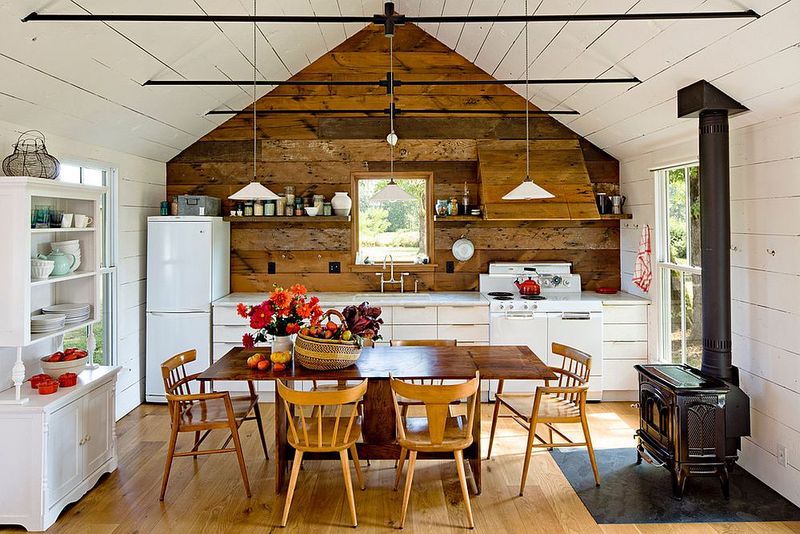
Sleek, urban-inspired kitchens often feel strangely disconnected in Nebraska homes. These designs ignore the state’s rich farming heritage that still influences how residents relate to food preparation and gathering spaces.
Incorporating subtle nods to agricultural traditions lends authenticity to the character. Reclaimed barn wood as an accent wall or island facing adds warmth with historical significance. Vintage farm implements transformed into light fixtures or hardware bring whimsical functionality.
Modern farmhouse isn’t just a trend here, it’s a legitimate regional style rooted in Nebraska’s identity. When thoughtfully executed with restraint rather than cliché, these elements honor local heritage while creating spaces that feel genuinely connected to place.


